Installation
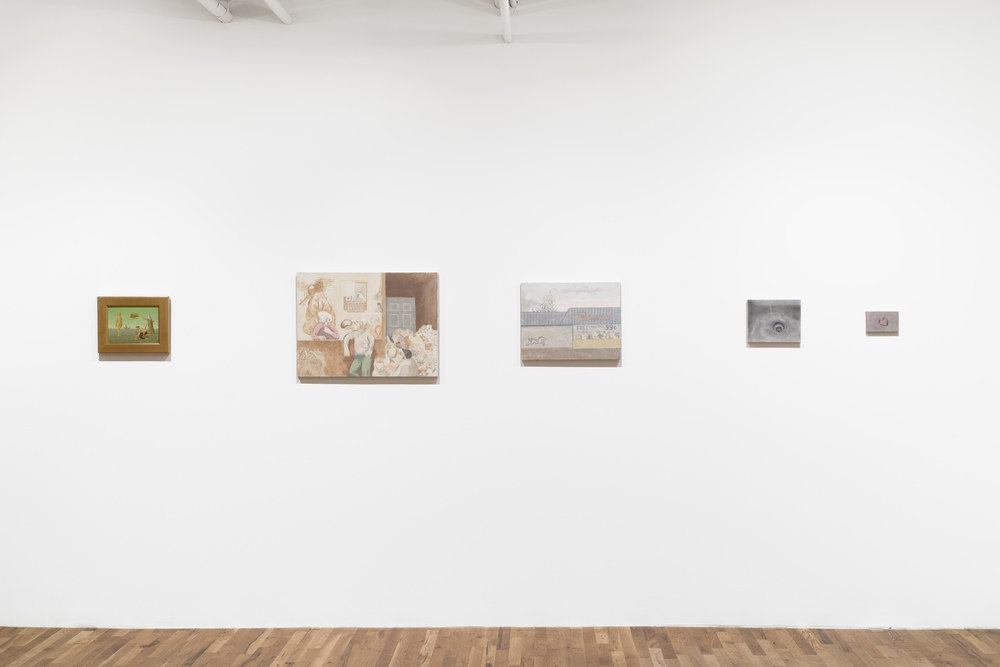
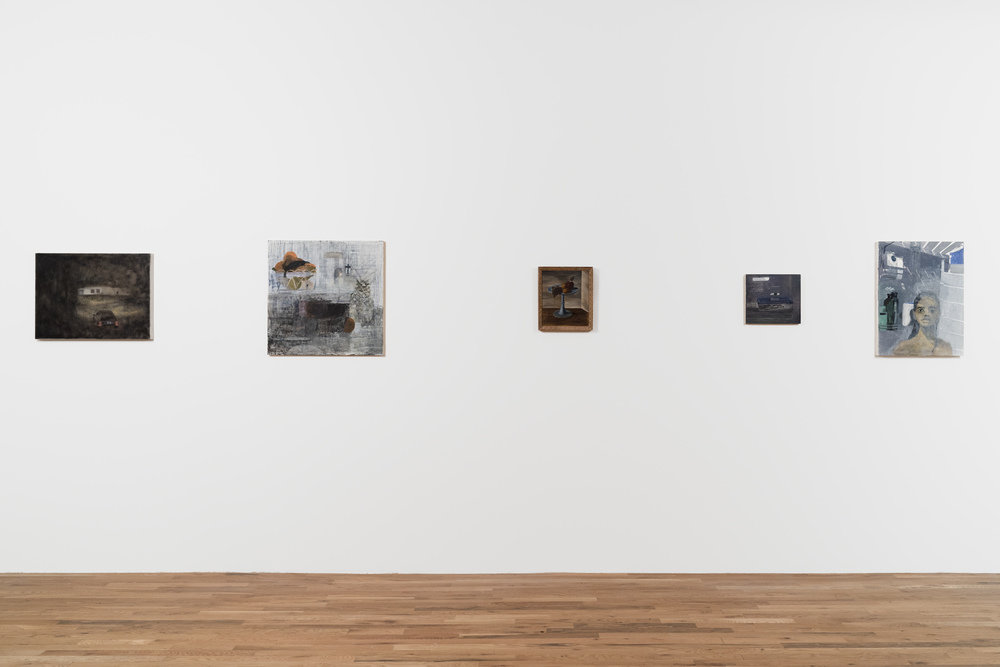

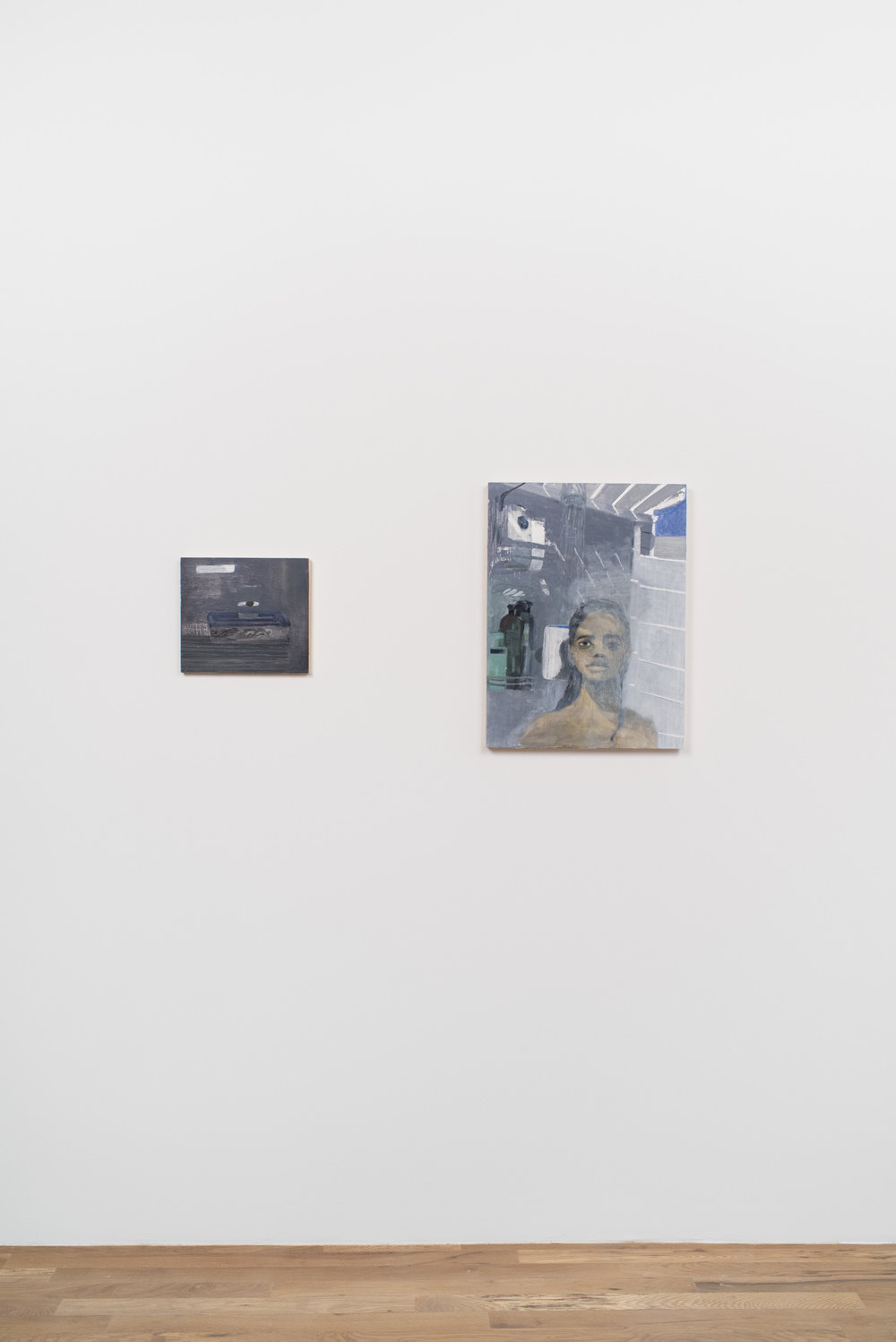
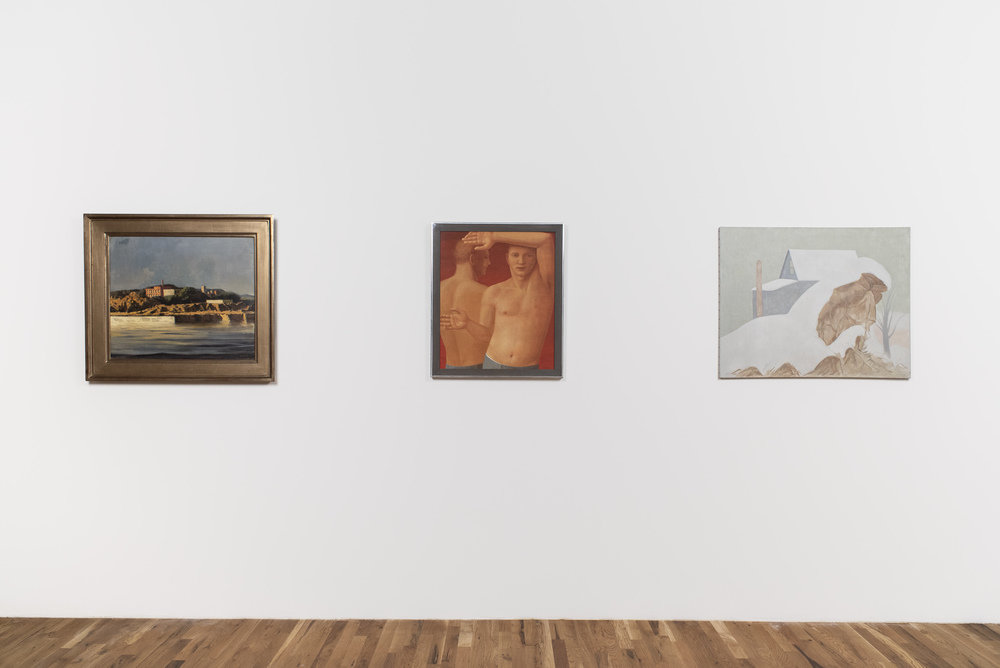

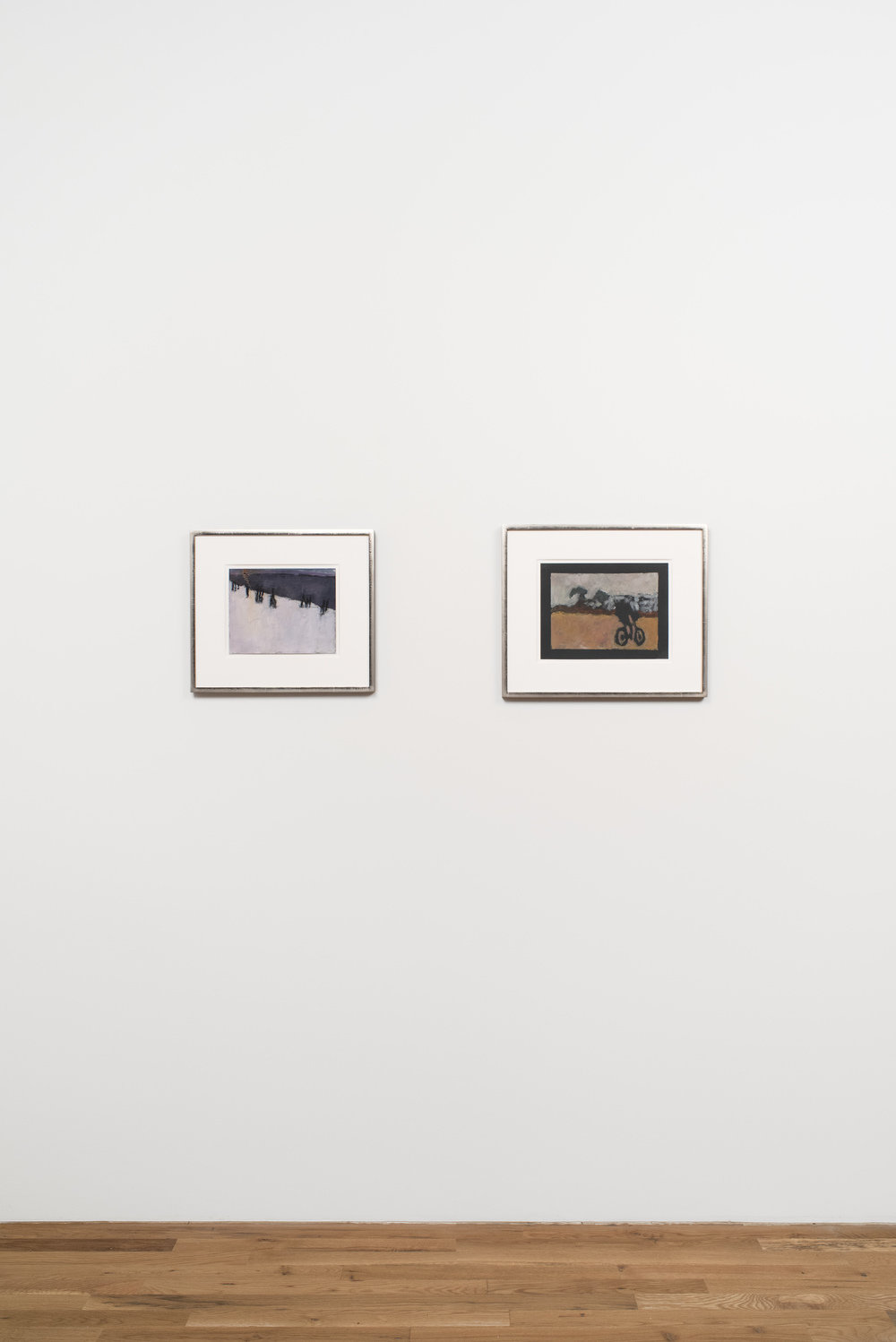
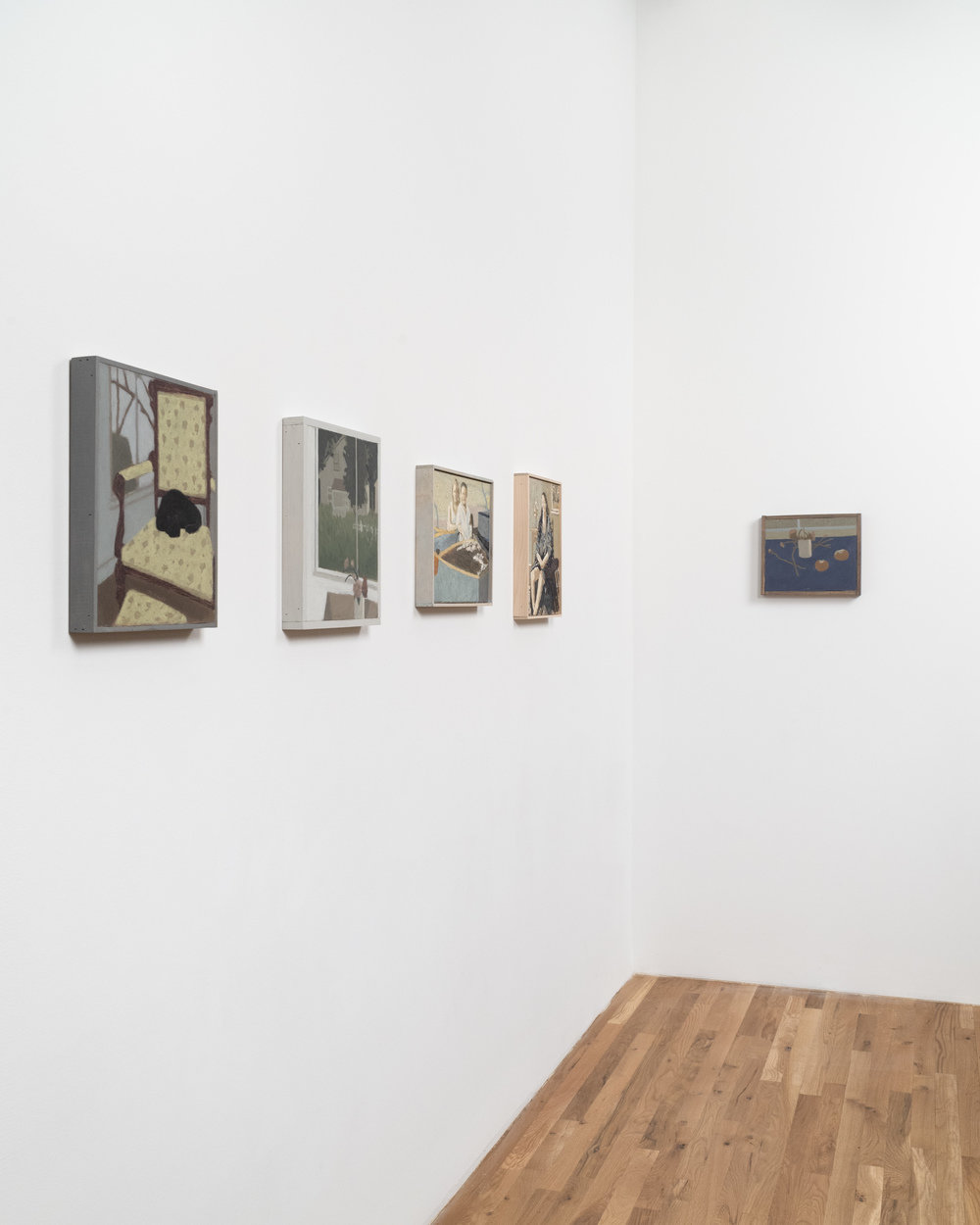
Nov 18, 2021 — Jan 15, 2022
Featuring work by: Gertrude Abercrombie, David Byrd, Katelyn Eichwald, Reggie Burrows Hodges, Hughie Lee-Smith, Aubrey Levinthal, John Joseph Mitchell, George Tooker, John Wilde
Concurrent with David Byrd Drawings: Genre, Landscape, and Studies in Alienation
Opening: Thursday November 18, noon-7pm
Checklist (16MB)
Fleisher/Ollman is pleased to present two exhibitions exploring the art of David Byrd: one of Byrd’s drawings and the other featuring artists whose work resonates and shares affinities with the artist. David Byrd (b. 1926, Springfield, IL; d. 2013, Oxford, NY) worked in obscurity mainly in upstate New York and was active from the late 1940s until his death in 2013. His output was substantial and lifelong, but his first exhibition was not until the last year of his life. Byrd was a keen observer of the human condition and his rural environment, painting and drawing genre scenes and landscapes in a style that channels the synthetic cubism of Amédée Ozenfant, with whom be briefly studied, by way of Magic Realism, a figurative yet fantastical current that paralleled the advent of Abstract Expressionism as Byrd came into his own as an artist in the 1950s. His strange and dejected drawings and paintings focus mainly on the community of Sidney Center, NY, where he lived during the last two decades of his life and where he was most productive. His subjects include auctioneers and attendees at country auctions, shoppers, street scenes, patrons in laundromats, as well as haunting images based on life experience tempered by fantasy. Most unsettling of all are Byrd’s depictions of daily life in the psychiatric ward of the Veterans’ Administration Medical Hospital, Montrose, NY, where Byrd was an orderly from 1958-1988.
In Resonance with David Byrd presents paintings and drawings by artists ranging from historical proponents of figurative modernism to living artists, all of whose work shares Byrdian sensibilities like an affinity for the forlorn, the belief in the profundity in the quotidian, the alienation of contemporary life, and an empathy for the marginalized. Getrude Abercrombie (b. 1909, Austin, TX; d. 1977, Chicago, IL), Hughie Lee-Smith (b. 1915, Eustis, FL; d. 1999, Albuquerque, NM), George Tooker (b. 1920, Brooklyn, NY; d. 2011, Hartland, VT), and John Wilde (b. 1919, Milwaukee, WI; d. 2006, Evansville, WI), while disparate in their approaches to painting, like Byrd, went against the grain of an ascendant abstraction and chose instead representation and figuration to explore the uncertainties and anxieties in the United States during World War II, the Cold War, and the social upheaval of the 1960s. All are members of essentially the same artistic generation, born between 1909–1920. The contemporary artists featured in the exhibition, Katelyn Eichwald (b. Chicago, IL, 1987; lives and works Chicago), Reggie Burrows Hodges (b. 1965, Compton, CA; lives and works Lewiston, ME), Aubrey Levinthal (b. 1986, Philadelphia, PA; lives and works Philadelphia), and John Joseph Mitchell (b. 1989, Sommers Point, NJ; lives and works Tuckahoe, NJ) not only speak to Byrd in the aforementioned manner, but also bring into relief the collective sense of isolation and despair that many of us have experienced during the pandemic.
Gertrude Abercrombie’s small, at once dark and jewel-like paintings range across barren landscapes, sparse interiors, self-portraits, and still lifes. Explorations in desolation and loneliness, her paintings teem with gothic melancholia with references to the supernatural and a personalized dream world. George Tooker, perhaps best known for his 1950 painting The Subway, a piercing meditation on 1950s conformity and alienation, also painted and drew more ambiguous pictures that nonetheless convey a sense of isolation, as well as a sensual, homoerotic longing. Hughie Lee-Smith’s paintings feature blighted urban and industrial landscapes that have a dream-like quality. Whether populated by solitary figures or bleakly empty, a forlorn loneliness pervades his work. According to the artist, “In my case, aloneness, I think, has stemmed from the fact that I’m black. Unconsciously it has a lot to do with a sense of alienation.” John Wilde, who was a close friend of Gertrude Abercrombie, created otherworldly paintings and drawings in a Northern Renaissance style. Wilde was drafted in World War II as an Army artist producing drawings for venereal disease manuals; the journals and drawings he made during his service charted his deepening depression but also served as a well of ideas for his future work—fantastical forays into his unconscious.
Katelyn Eichwald conjures mystery from the commonplace, presenting a group of small paintings that bring to mind painted storyboards for an imagined film noir. Her paintings engage in dialogue with one another between narrative scenes (a car beaming its headlights on a house at night) and closeups of objects like an ashtray or sink drain, suggesting an enigmatic mise-en-scène. Reggie Burrows Hodges either paints his canvases black or uses black paper grounds as the starting point to bring forth African-American subjects from the negative space of the picture plane. In one painting on paper included in the exhibition, black forms blur into abstraction. Are they pilings along a waterfront or people walking in clusters? In either instance, a pensiveness permeates the image, confirming the title of the series from which the painting originates: Isolation Tour. Making works that obfuscate her world through washes and screens of paint, Aubrey Levinthal, like Eichwald, casts the everyday as disquieting. Her still lifes evoke haunting melancholia: a glass resting on a Tupperware container realized in gradations of blues and grays seems funereal, and a reflection of a face in a chrome toaster amidst bowls of fruit takes on the apparition of a ghost. John Joseph Mitchell paints from composited photographs, drawings, direct observation, and monotype studies. He focuses on his home environment, rural scenes of coastal southern New Jersey, and friends and family. Sharing a similar earthy palette to Byrd, if not the same technique, the mood of Mitchell’s paintings can be somber, even if his chosen subjects are not inherently so.
Special thanks to Jody Isaacson and Jessica Farrell of the David Byrd Estate, and Anton Kern Gallery, which represents the Estate.







